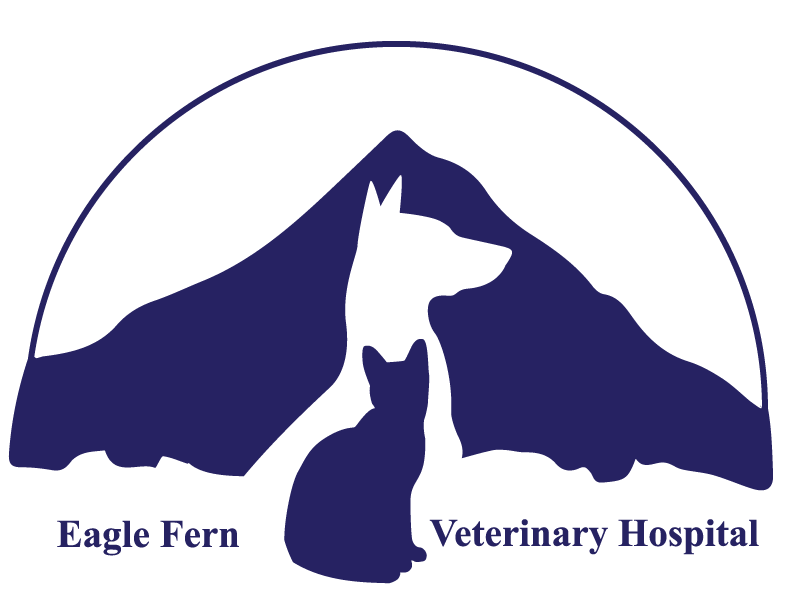 Canine Parvo Virus Canine Parvo Virus
Canine parvo is a highly contagious disease in dogs spread by direct or indirect contact with feces or vomit of an infected dog. With parvo the dog usually has a loss of appetite, depression, fever, vomiting, and diarrhea which may be bloody. The vomiting and diarrhea result in dehydration and electrolyte loss which can lead to death. This form is most commonly seen in young dogs, unvaccinated dogs or very old dogs.
The parvo virus can also cause an inflammation of the heart muscle. The puppy cries, gasps for breath, stops nursing, and suddenly dies. This is most commonly seen in puppies less than eight weeks of age.
Diagnosis of parvo is based on symptoms, a low white blood cell count, and a fecal analysis for presence of the virus.
Treatment of parvo consists of intravenous fluids, antibiotics, and medication to control vomiting and diarrhea. The fluids serve as the sole source of nourishment until the dog is able to eat and drink on its own and to re-hydrate the dog. The antibiotics help to guard against secondary bacterial infections. Since viral infections range from mild to severe the success of the treatment varies.
Control of the viruses by sanitary measures alone is difficult because the virus is a hardy organism and it is easily spread. Contact with other dogs and especially their stool should be minimized. The environment can be disinfected with bleach (1 ounce to 1 quart of water). Infected dogs should be isolated and treated.
Vaccination is the most effective control. A properly vaccinated dog will have circulating antibodies in the blood to destroy the parvo virus following exposure. Puppies starting at 6 weeks or older should have a series of 2 to 3 parvo vaccinations at 2-4 week intervals until they are 12 weeks old, or a minimum of 2 vaccinations. Adult dogs need a series of 2 vaccinations 3-4 weeks apart, again in 1 year and every 3 years thereafter.
| 
